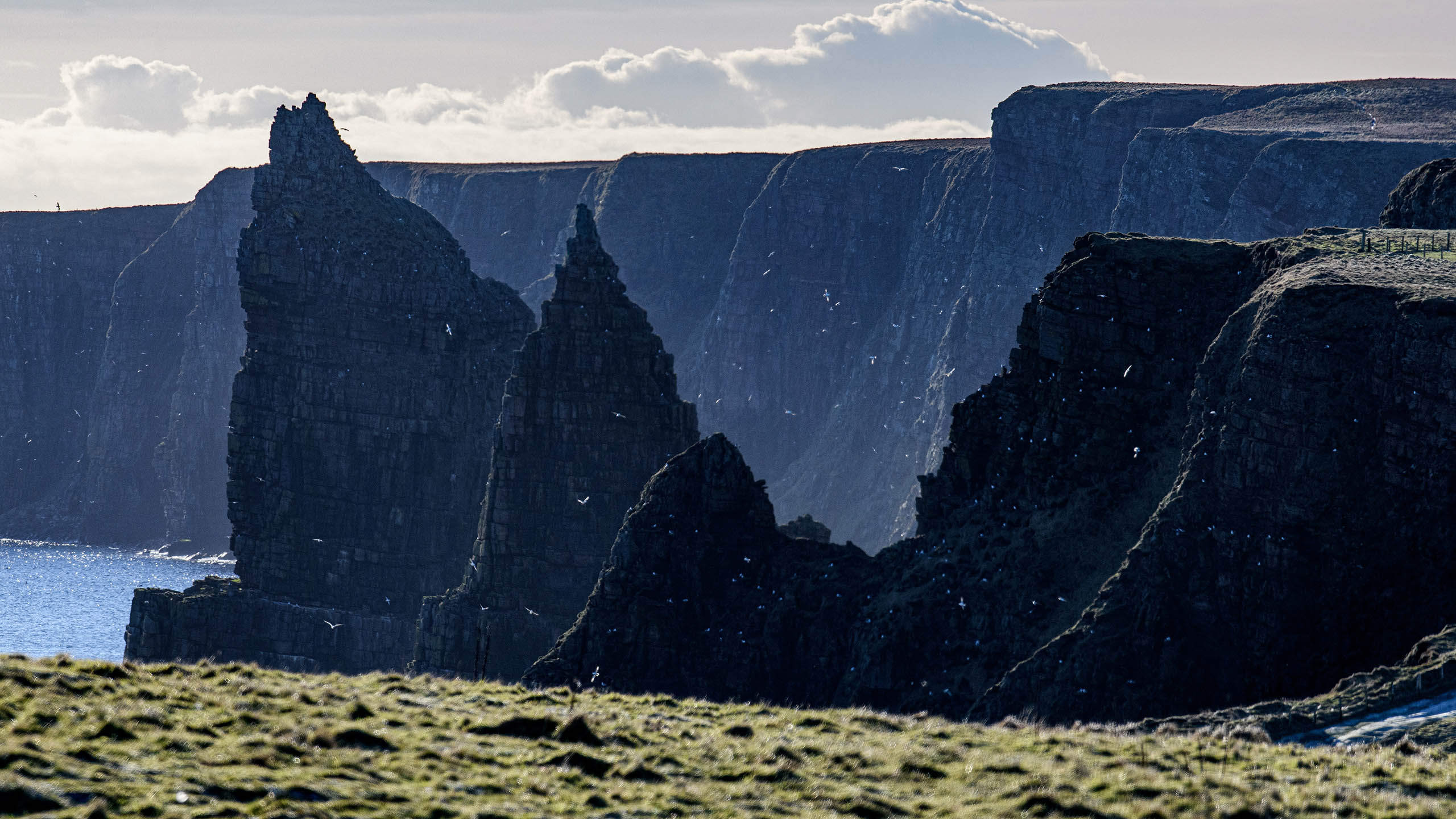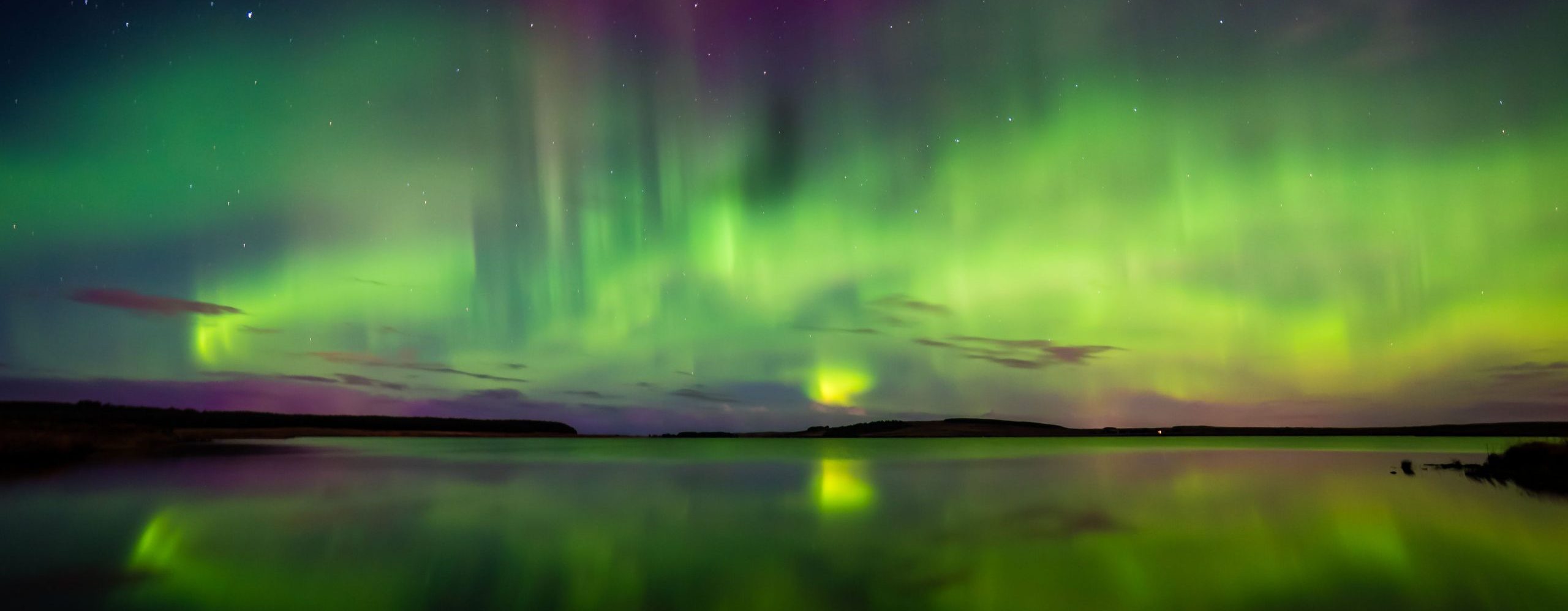Pride of Place
58.6373° N • 3.0689° W JOHN O’GROATS, SCOTLAND
Unspoiled Waters, Uncharted Tastes
Allan, Simon and John have been keen individual home brewers for many years. They started off with kits bought from shops then progressed to all grain brewing using cobbled together ranges of pots and pans in their kitchens and garages.
The three combined forces with local hotelier Andrew and set up a 4 barrel brewery in the Old Fire Station in John o Groats in 2015. From there they started producing a range of cask ales, starting by selling bottles locally and then distributing across the north of Scotland. They expanded into the oldest building in John O’ Groats, “The Last House”, in 2019, installing a new brewery, bar and visitor centre.
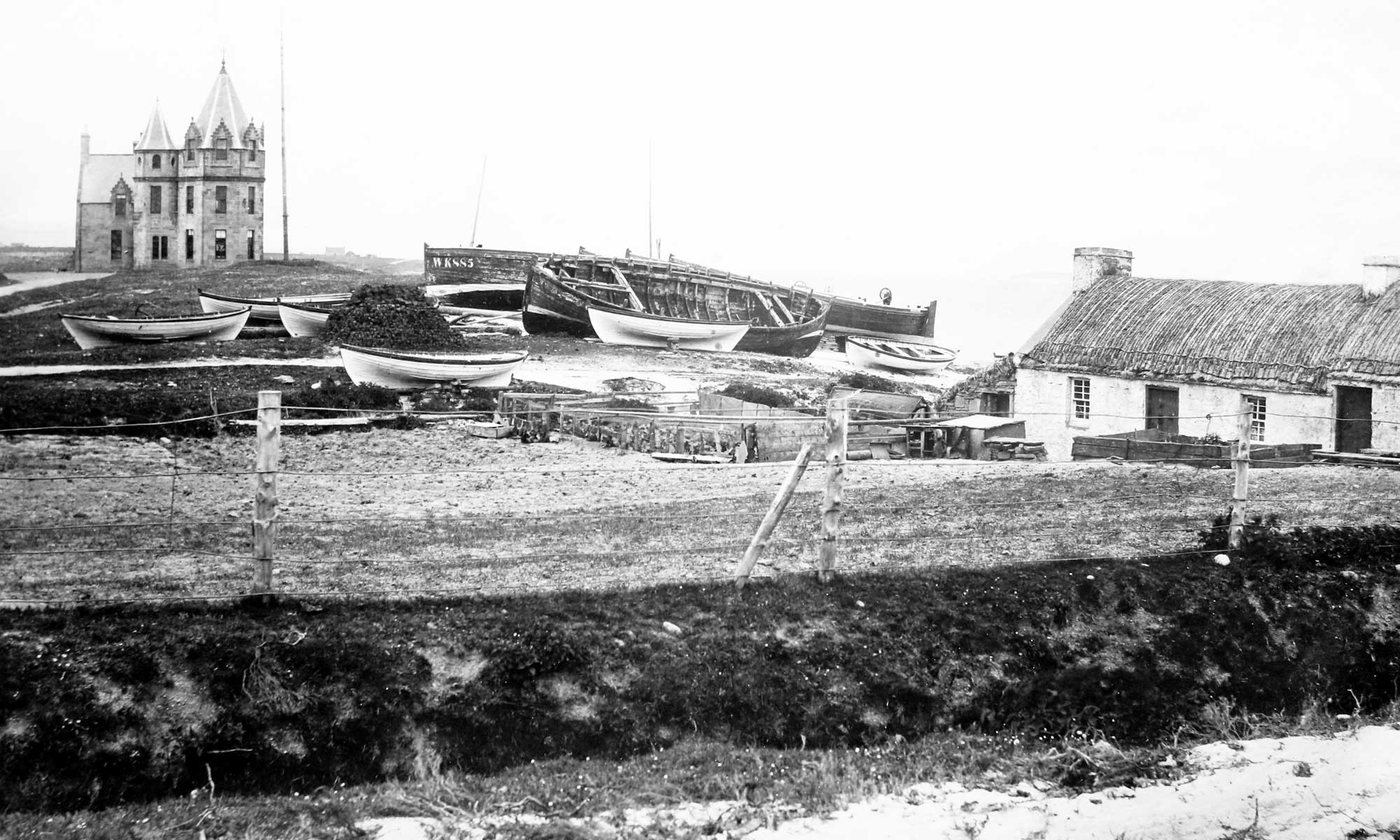
The Last House dated around 1900s
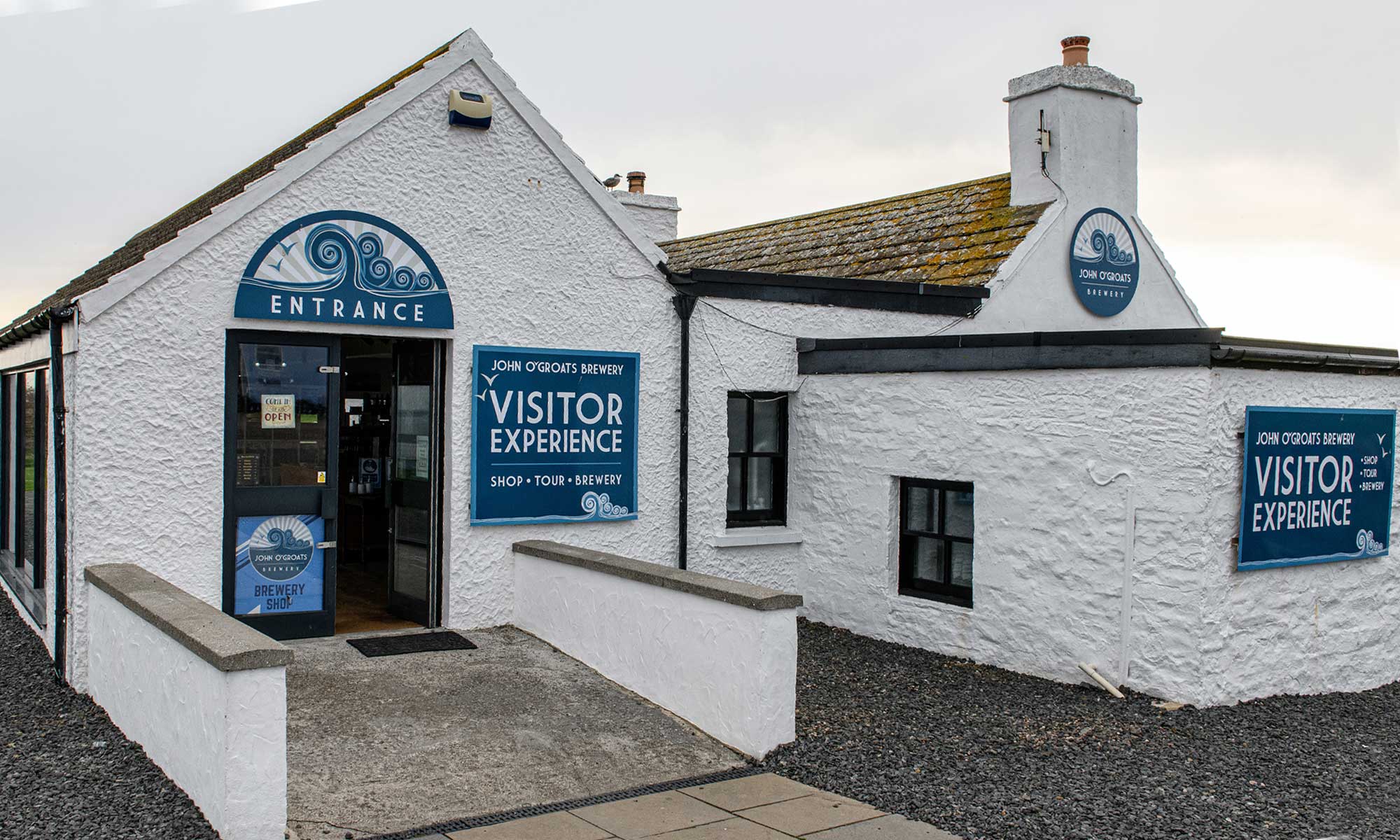
The Last House as it is today
FROM COAST TO CASK
Dating back to before 1700AD, the “Last House” is the oldest surviving building in John O’Groats and is known to have housed descendants of Jan de Groot, who the village of John O’Groats is named after.
When the cottage was first constructed it had a thatched roof. In 1913, the thatch was completely removed and replaced with Caithness slates, which are still in place today.
Over time, the Last House has undergone a level of modernisation, but some of its history has been uncovered during renovation works. The building’s interior is now completely stripped, with the modern ceilings, partition walls, and plaster removed to reveal the original structure and several hidden treasures.
The stripped walls in the East end room have revealed that part of a ship’s ribs, have been used along with the stone in the building of the cottage. You can see them clearly embedded in the North wall where around 30% of the wall is built from timber (still in perfect condition).
The original open fireplace in the East gable has been exposed and a recess in the North wall (around 4ft by 2ft) was uncovered. This recess (known as a “Bink” or “Binkie”) was deliberately set within the most exposed wall, the coolest part of the house, to store water and milk to keep them fresh.
Under the floor was a quern (a meal grinding stone) and in the loft space above the ceiling there was a portrait of the late Reverend Roderick MacGregor, the Free Church minister in Canisbay from 1845-1890.
There are several photos showing a large upturned boat, the Brittania, sited on the Northern side of the Last House. This boat was in place from around 1885 till 1960. It was purchased for £2 by Campbell Laird, the occupier of the Last House at the time, who had it erected upside down on a stone foundation, where it was used effectively as a store, hen house, pig house, toilet and even a launderette.
The washing for the hotel in John O’Groats was done by the occupiers of the Last House in that boat wash house.
The Last House is a type of building known locally in the Highlands as a “but-an-ben”. This term refers to a single story, two roomed cottage. But-an-bens typically consist of an outer room (the but) where the kitchen would be located, people would sleep and everyday family life would be lived out and an inner private room (the ben) that was generally kept for entertaining guests.
Our Team

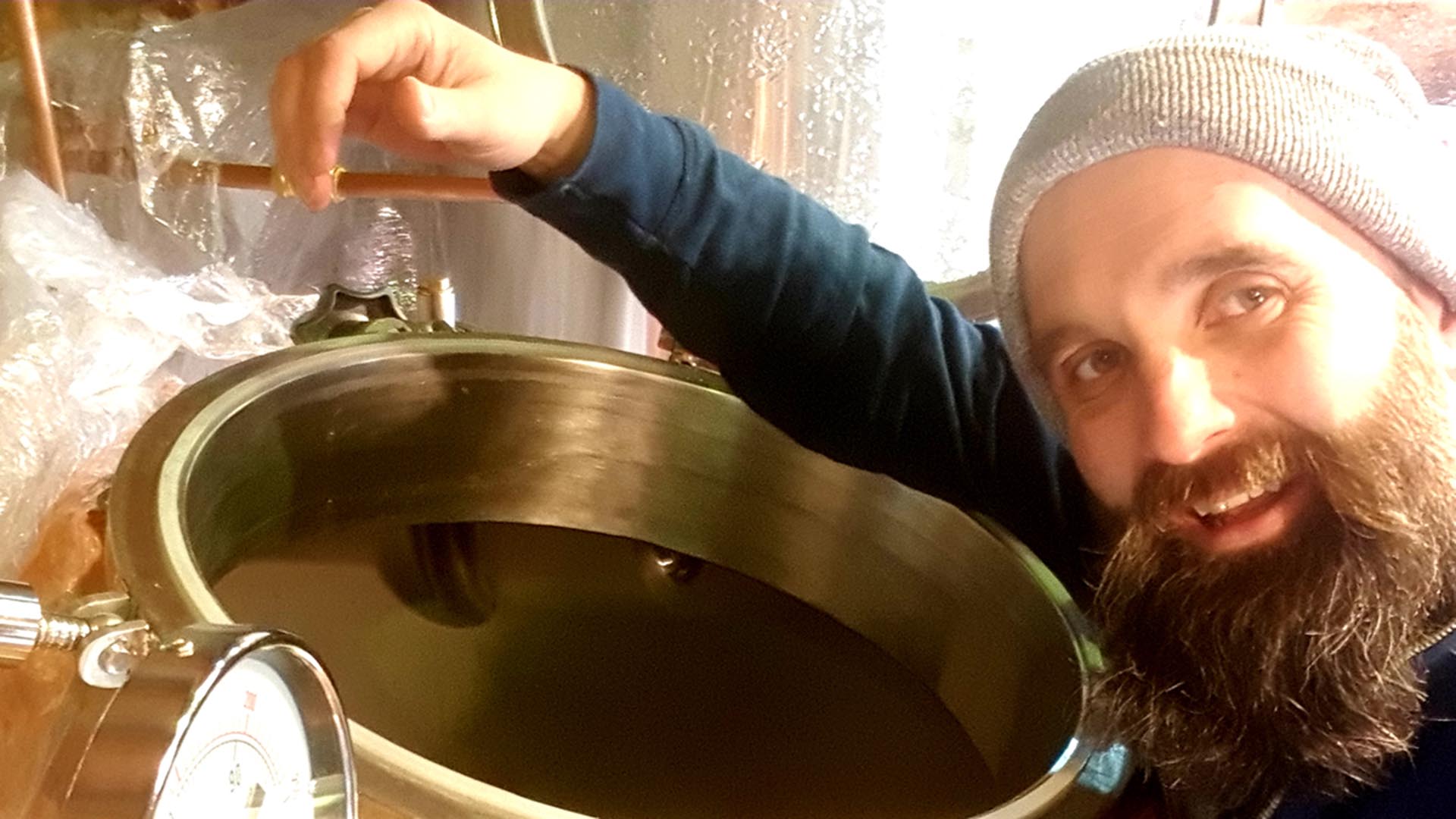
Simon was raised in a small town in the Midlands of England where he was able to study a great range of Real Ales, with almost as much dedication as his degree in Zoology. A variety of jobs saw him travel gradually up the country, with work ranging from pig farming to wildlife ranger to nuclear emergency response. Settling in the beautiful county of Caithness 20 years ago to raise his family, Simon was delighted to meet like-minded real ale fans keen to develop real ale production in the local area.
In his spare time he loves the open spaces afforded by a life in Caithness. A keen hillwalker. He is also often found loch fishing, snorkelling or helping out at the local theatre company. By his own admission, he is terrible at surfing and a failed drummer.
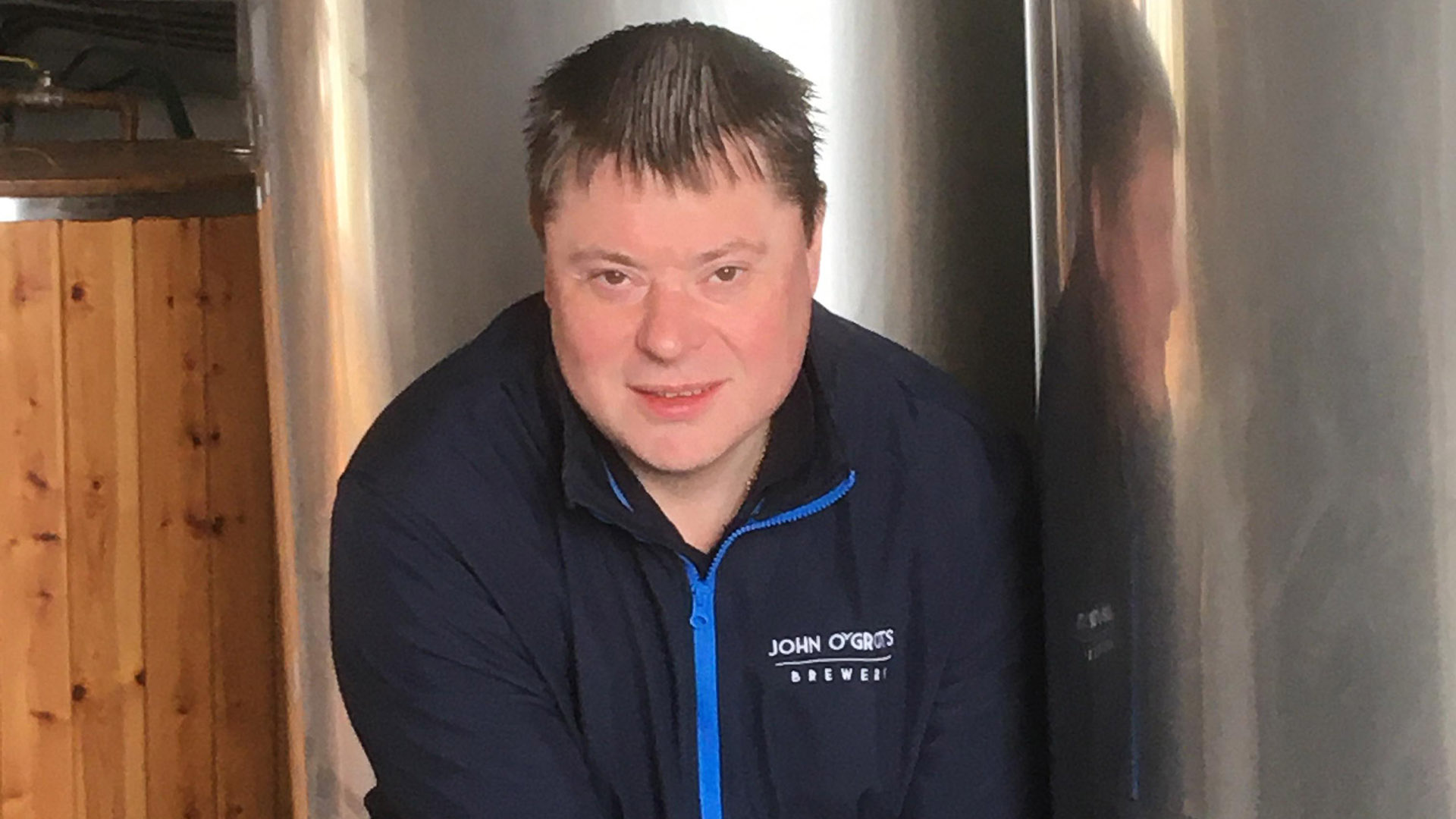
Andrew is John O’Groats born and bred. From a young age he was driven to culture his keen entrepreneurial talents by being put to hard graft in the family gift shop at John O’Groats. Progressing from selling postcards and “Groatie Buckie Strings”, he took on the running of the Seaview Hotel and later expanded it to include an associated Bed and Breakfast (Caberfeidh House), a bunkhouse and glamping pods to provide accommodation to the many varied weary travelers who have successfully made the voyage to the far North.
That is by no means enough to keep him out of mischief though and the Devil makes works for idle hands; so Andrew is also heavily involved in the John O’Groats Development Trust; the development of the old Mill; a trustee of the local village Hall and trustee of the mighty John O’Groats FC. He truly loves the local area and is striving, along with others, to develop it into a world class visitor destination.
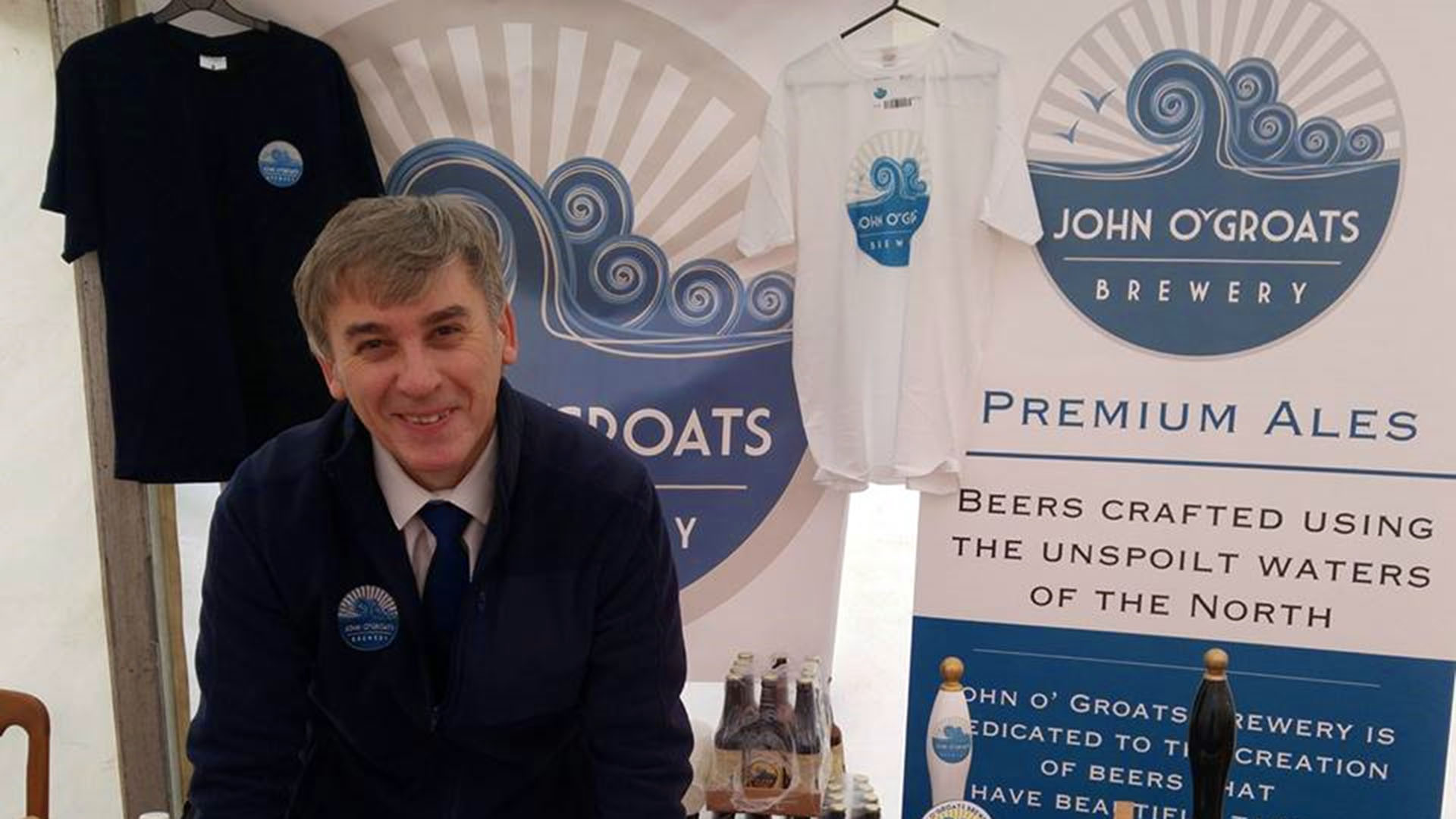
Born and bred in Wick (around 15 miles from John O’Groats). Like many others of his generation, his introduction to beer was through the consumption of mass produced ‘heavies’, with craft ales being non-existent in the north of Scotland at the time (late 1970’s – 80’s).
A new job in the mid 80’s as a trainee draughtsman with Rolls-Royce resulted in a move to Derbyshire in England to learn the intricacies of Computer Aided Design and included an introduction to the world of Real Ale supplied from the surrounding Burton breweries.
Skip forward 30 years, and Allan’s love of real ale continued to grow along with ideas of crafting his own. His wife, Irene, who for many years had suffered listening to his attempts to become a rock guitarist was delighted once the new brewery was ordered. Allan was out of the house and in amongst the tanks and pipework rather than entertaining her with his funky riffs and tales of hops and barley.
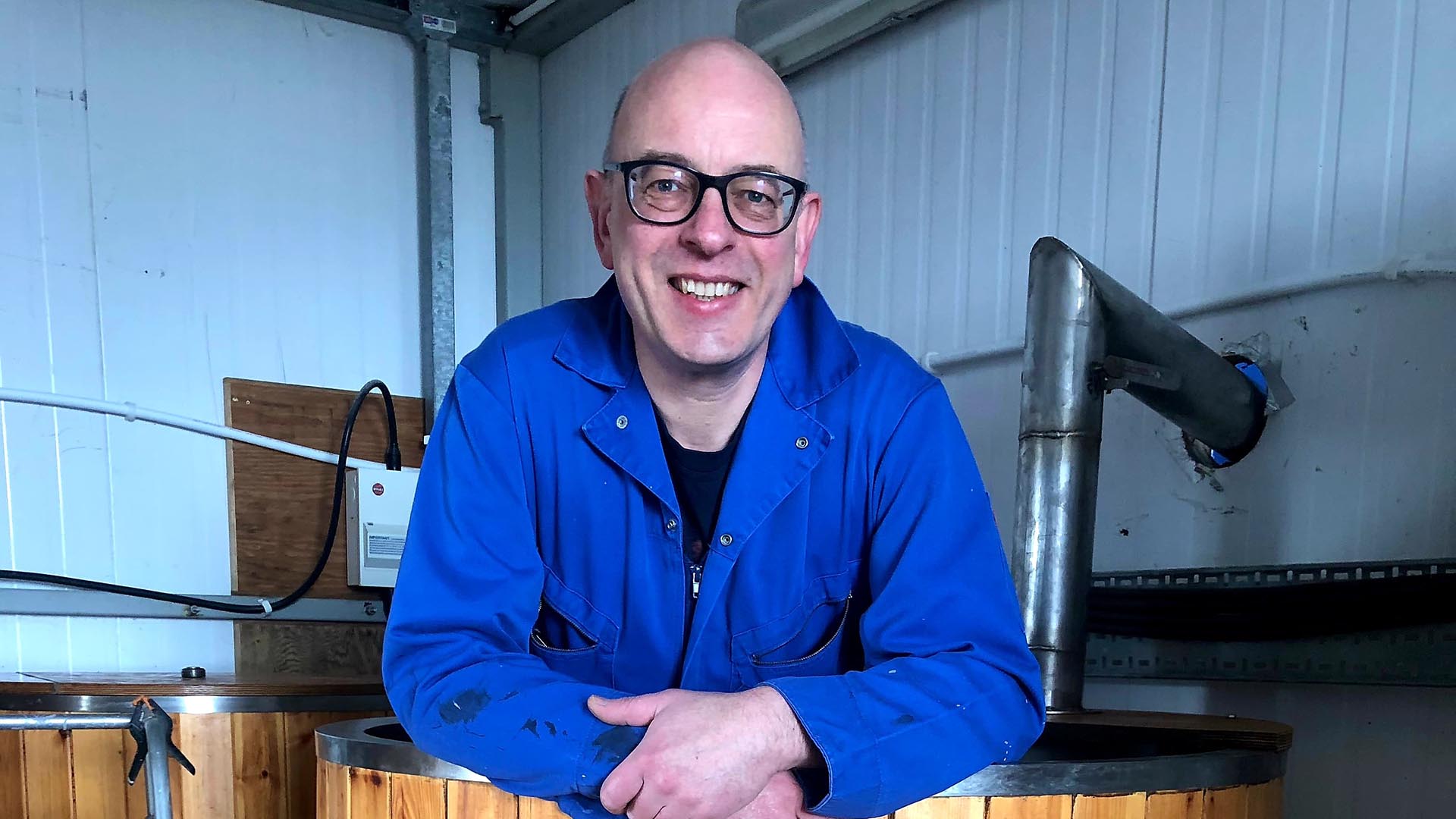
A Tractor boy from birth (that’s a long-time suffering fan of Ipswich town for the uninitiated), John occasionally gets back to the south and is known to actually pay money to see Ipswich play. Fortunately, he is a keen fan of other sports to make up for the routine disappointment of following the ‘Town’.
With a lifetimes interest in real ale, John has put his considerable tasting experiences to good use to rise to the dizzying heights as the John O’Groats brewery “Head Brewer”. On the rare occasions he is allowed out of the brewery, John can be found researching his interest in military history. He is a keen walker and loves to walk historic battlefields, having recently been to Ypres and the Somme, with a bucket list including Isandlwhana and Rorke’s Drift in South Africa.
John recently did a DNA test to find his genetic ancestry and was surprised to see that 34% of his DNA is from North East Scotland, so in some ways John’s settling in Caithness has seen him come back to his roots!
Windswept & interesting
Did you know that over 90% of any beer is made from water? Be assured that every drop of John O’Groats Brewery ale is crafted only in the village of John O’Groats using water from the local area. Our liquors are drawn from the beautiful, unspoilt local highland waters where fresh, pure flavours naturally abound to produce the perfect drink.
In John O’Groats you can observe amazing wildlife (orcas, whales (minke), basking shark, seals, puffins etc) stunning scenery, and the amazing coast around it will take your breath away at every turn. Explore the village, walk the coast, discover the bays and beaches, or use it as a starting point for further adventures.
Nearby Duncansby stacks is a particularly beautiful sight.
There is a new long distance walk recently opened – where you can walk from John O’Groats to Inverness (147 mile trek). The official start of the John O’ Groats section is right outside the last house, so why not drop in for a pint before you start?
The oceans around the area in the Pentland Firth are particularly treacherous as a result of several tides meeting in this location. The names of some of these powerful tides form the names of our cask ale range:
